JM, a 9-year child was born with ambiguous genitalia and bilateral non palpable gonads. Due to limited resources in Nairobi, Kenya the child could not be evaluated in detail. Hence, was registered as a female and raised as one.
At 2 years of age, they were referred to a pediatric endocrinologist for further evaluation. After extensive evaluation by specialist which included a pediatric surgeon they concluded that the child is a genetic male with karyotype of 46XY with absent Mullerian structures and hypospadias and undescended testis. After thorough counselling the parents decided to raise the child as a male and he underwent bilateral open orchidopexy at 6 years of age and stage 1 hypospadias repair at 7 years of age.
Parents wanted to seek best care and expert treatment for their child and they sent an email to Hypospadias Foundation team. Finally, after a couple of email exchanges, they decided to come in person to our hospital. When the child presented to hypospadias foundation, he had persistent chordee, intact prepuce and scarring on the ventral side of penis due to stage 1 repair. Due to persistent chordee, we decided to do a redo- stage 1 repair followed by a second stage repair later on. He was planned thus for a staged redo hypospadias repair.

Fig 1: Clinical picture showing scarring on the ventral aspect, intact prepuce
Stay suture was taken over the glans and marking done to deglove completely. Local anaesthesia was infiltrated at the marked incision site. Complete degloving was done. After complete degloving, chordee was assessed by artificial erection test. Chordee of more than 30 degrees noted.

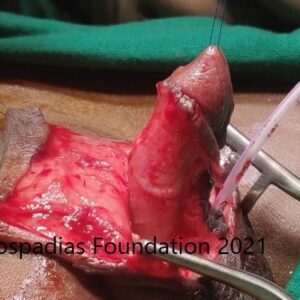
Fig 2 & 3: Complete degloving and assessment of artificial erection test.
Since chordee was more than 30-degree, urethral plate was divided, proximal urethral stump mobilized and multiple fairy cuts given on corpora to release the chordee. Chordee was reassessed following these surgical steps and a residual chordee of 20 degree was noted. This chordee was corrected by 12’o clock tunica plication on the dorsal side. Repeat artificial erection test showed no residual chordee following dorsal plication.

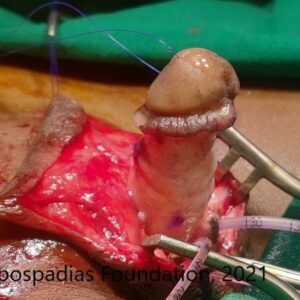
Fig 4 & 5: Chordee correction and artificial erection test done – No residual chordee noted.
Following chordee correction, the proximal urethral stump was fixed to corpora and byar’s flaps were created to complete stage 1 repair. The flaps healed completely with no scarring. 6 months later he underwent stage 2 urethroplasty.
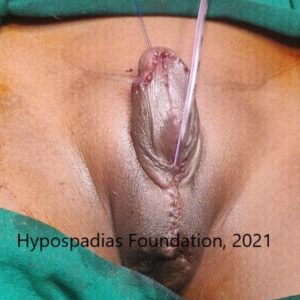
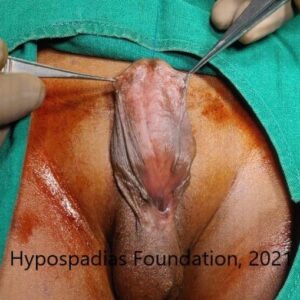
Fig 6 & 7: Stage 1- chordee correction and byar’s flap. Flap healed well 6 months after stage 1, ready for stage 2.
Byar’s Flaps were assessed on table before the surgery and were found to be healthy for stage 2 hypospadias repair. Flaps were fixed in the midline to the corpora using 6-0 PDS. U-shaped incision 1.5cm wide was marked. Local anaesthesia was infiltrated at the marked site and incision given at the marked site. Urethroplasty was done using 6-0 PDS. Initially three interrupted sutures were placed to align the suture line followed by continuous sutures for first layer of urethroplasty using 6-0 PDS.
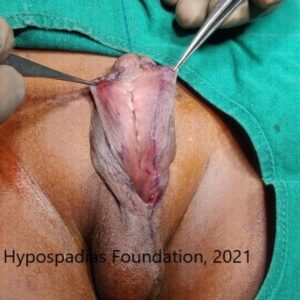
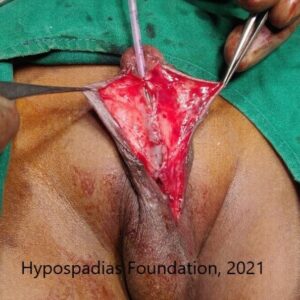
Fig 8 & 9: Marking of the flaps. Aligning the urethral edges with few interrupted subcuticular sutures.

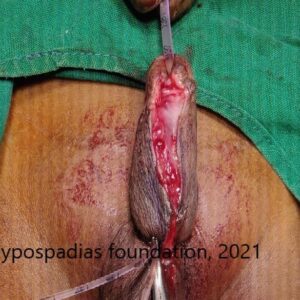
Fig 10 & 11: First and second layer of urethroplasty done. Left dartos flap harvested for third layer.
Local tissues were used for second layer of urethroplasty. Glansplasty was done using 6-0 PDS. Left dartos flap was used to cover the entire urethroplasty. Skin was closed using 5-0 vicryl rapide.
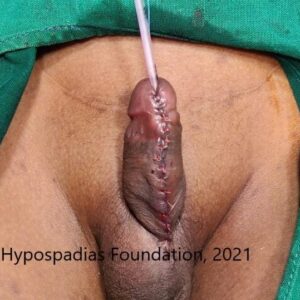
Fig 12: Stage 2 Urethroplasty done
Dressing was removed on post-operative day 7. Catheter was removed on post-operative day 14. Following catheter removal, he was passing urine from the neomeatus with no complications.
At post-operative follow up at 1 month the meatus was healthy, passing urine in single good stream with no complication. We have followed him for 2 years now and he has no complications post his hypospadias repair.
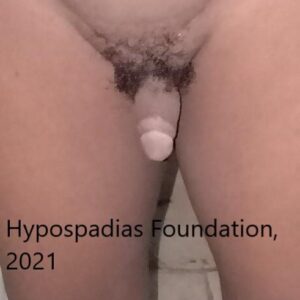
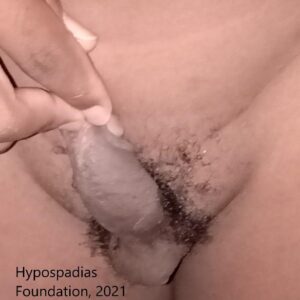
Fig 13 & 14: Follow up 2 years after surgery. No complications.
About Failed Hypospadias repair using Byar’s flap
The common complications which can occur after hypospadias surgery are meatal stenosis, urethrocutaneous fistula, urethral stricture, urethral diverticulum and recurrent chordee. When a child or an adult presents with failed hypospadias, they have a densely scarred penis and less vascular tissues which can be barely used in the future for redo surgeries. This makes the failed hypospadias much more difficult to treat than the primary ones with increased risk of complications.
The above-mentioned case is of a child who presented to us following a failed repair. He had recurrent chordee with ventral scarring. He was planned for a staged repair. This child had a residual prepuce which was unused in the first stage hence we were able to correct the chordee and create byar’s flap in stage 1. Stage 2 was done 6 months later. Child did not develop any complications following stage 2. Redo Byar’s is a good alternative in cases of failed hypospadias when the prepuce is intact, pliable and has good vascularity.
The principles in failed hypospadias repair are excision of all fibrotic tissues on the ventral surface to correct the chordee, division of glans to create a glans cleft in which graft or flap is sutured and securing the graft/flap from the tip of the glans to the proximal meatus. Adequate time between the stages is necessary to facilitate adequate healing and neovascularization to occur.
About Hypospadias Foundation
Hypospadias foundation is a centre which provides personalized care for children and adults with hypospadias. It is the best hospital centre in India and world for surgical treatment for hypospadias in adults and children. Our dedication in the field of hypospadias has helped us achieve excellent outcomes in these patients. We treat children and adults not only from various parts of India but also from more than 25 countries all over the world. Hypospadias foundation is located at MITR hospital in Kharghar, Navi-Mumbai, Maharashtra, India. Every year more than 200 surgeries of hypospadias are performed at MITR hospital.
Hypospadias foundation team consists of Dr A.K.Singal and Dr Ashwitha Shenoy.
Dr A K Singal is an expert and top hypospadias surgeon in India. He is a gifted surgeon and his expertise in this area has helped us achieve excellent outcomes in primary and failed hypospadias in children as well as adults.
Dr Ashwitha Shenoy is a expert pediatric surgeon with special interest in hypospadias and pediatric urology. Both Dr Singal and Dr Shenoy work together to give best results for hypospadias surgery in India for both children and adults.
Contact us : For appointment kindly contact us at the contact details given below.
MITR hospital & Hypospadias Foundation, Kharghar, Navi Mumbai, India – Tue/Saturday 4:00pm-6:00pm, Call for appointments: +912227743558/ 27744229/ 39/69 and +919324180553. Or email us at hypospadiasfoundationindia@gmail.com
If you wish to contact him, pls fill up this form- Contact form for Dr Singal
or pls call up his clinic for an appointment- Clinic details for Dr Singal.
